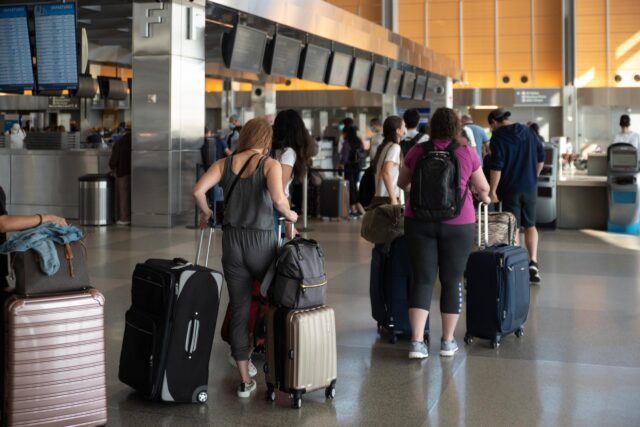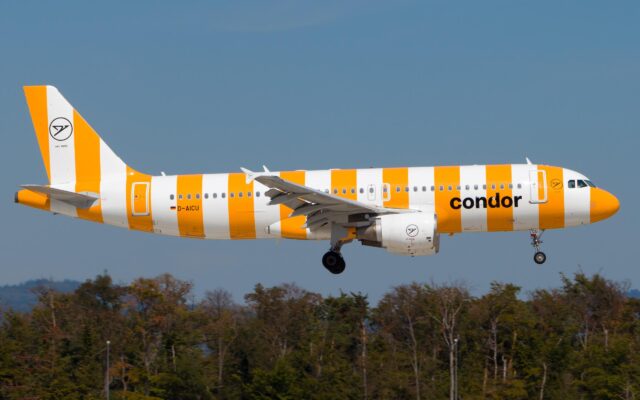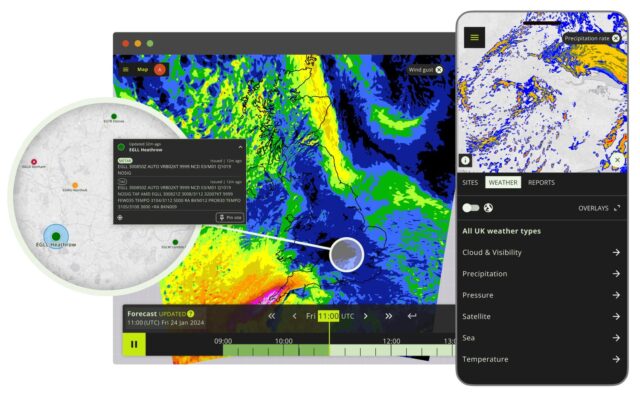Lufthansa Group to reduce autonomy for member airlines : What does this mean for passengers?

September 20, 2025

On 12 September, the Lufthansa Group set out the details of what the statement referred to as a “reorganisation of cooperation within the company.” However, even to those clued up on commercial aviation, the explanation of what exactly this would entail was tricky to decipher.
What this may mean for passengers travelling on Lufthansa Group member airlines was even less clear.
Yet, reading between the lines, it appears as though the changes will be more functional in nature, rather than affecting front-end, passenger-facing services.
As a reminder, the Lufthansa Group currently consists of six major European airlines – Lufthansa, Austrian Airlines, Brussels Airlines, SWISS International Airlines, ITA Airways, and Germany’s Discover Airlines. Subsidies of these carriers, such as Lufthansa City Airlines, Eurowings, and Air Dolomiti, also fall under the umbrella of the Lufthansa Group.
What is the Matrix Next Level programme?
Unveiling its new ‘Matrix Next Level Program’, the Lufthansa Group is aiming to centralise certain functions across its subsidiaries to save costs and streamline decision-making across the Group, or “increase efficiencies and profitability”, as the statement put it.
Scheduled to be rolled out in January 2026, the process will mark a significant shift away from the Group’s previous model, which allowed for almost full autonomy for each of the subsidiary airlines.
Previously, member airlines were fully independent, largely free of centralised control and able to make their own decisions on matters such as route and network planning, finances, and technological advancements.
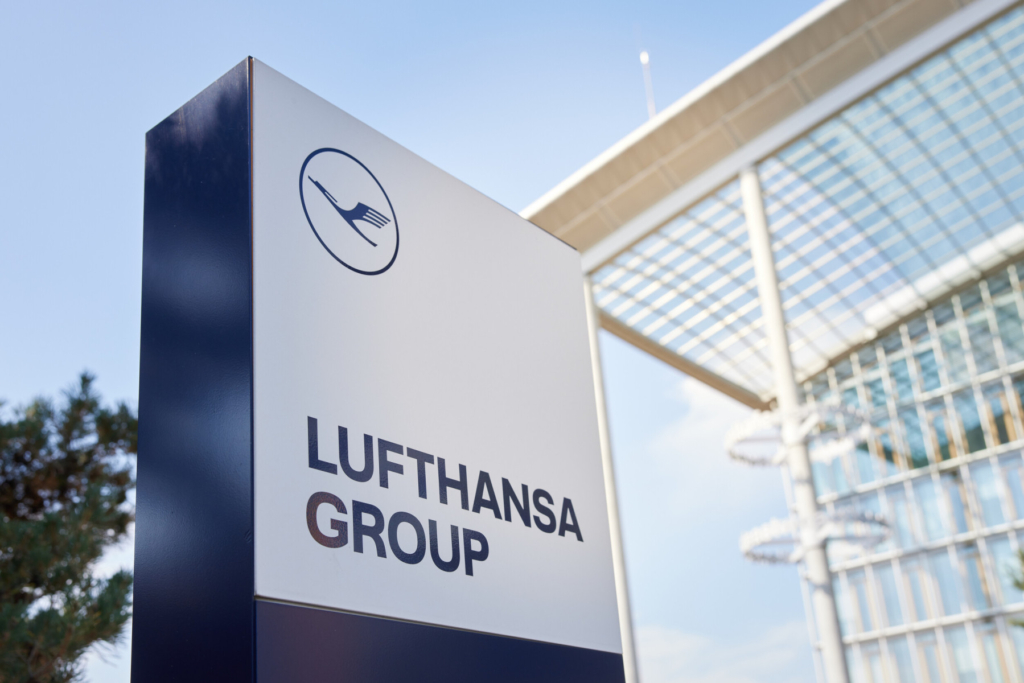
Under the new scheme, many key functions that are common to each airline member will be brought under one point of central control. This, said the airline group, will “bring the airlines within the group closer together and enable them to operate in an even more integrated manner in the future.”
The formation of Group Function Boards
According to the Group statement, cooperation within the group will, from the start of 2026, be managed via a series of ‘Group Function Boards.’
These boards are set to include representatives from the airlines working with the group function heads to work collaboratively towards finding optimum solutions to problems.
It is planned for there to be a total of four Group Function Boards – including Hub Steering, Technology, HR, and Finance.
Centralised route and network planning
In practical terms, and as an example, the Hub Steering Group will become responsible for network management and planning strategy over the short and medium-haul flights of all member airlines within the Group.
While this model has already been established for ten years for the Group’s long-haul offerings, this is the first time that shorter flights will be managed under this format.
From January 2026, all route planning decisions will be made in Frankfurt. The newly established Hub Steering Board will oversee Europe’s major Lufthansa Group hubs, including Frankfurt, Munich, Zurich, Vienna, Brussels, and Rome, ensuring schedules are aligned to maximise connectivity, as well as avoid duplication of services and reduce overall costs.
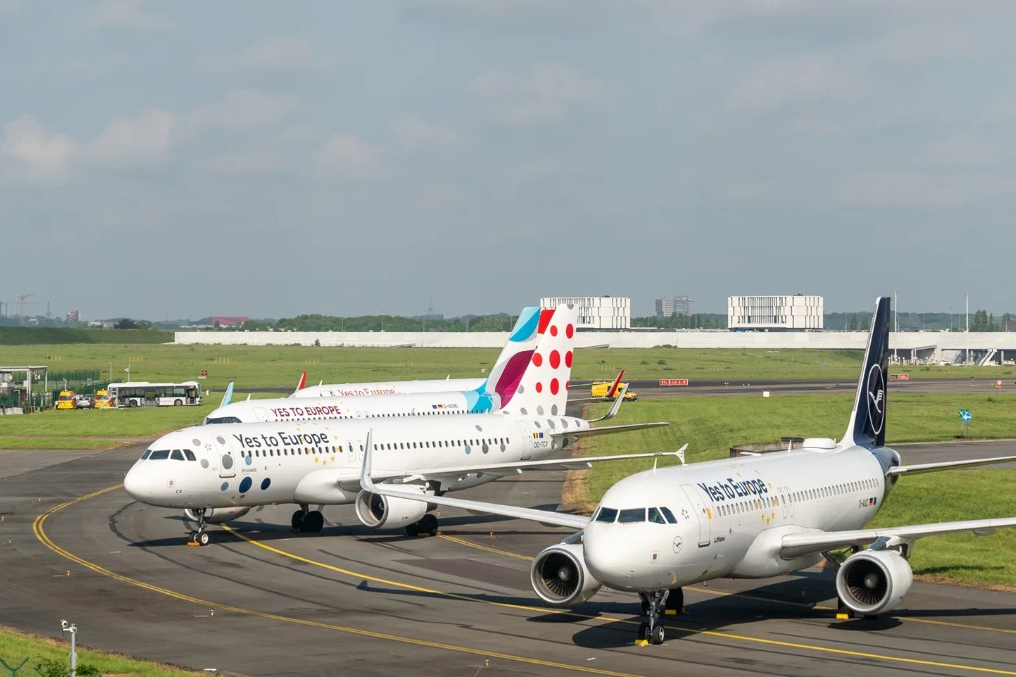
The Hub Steering Board aims to optimise schedules based around connections between long-haul services at the Group’s six hubs from European feeder markets and also consider relevant point-to-point markets.
While the schedule coordination will be a central function, the Hub Steering Board will allow the CEOs of individual airlines to reject changes that would have a material negative impact on their operations.
The member airlines will remain responsible for the management of their respective flight operations and operational flight services.
Centralising the Group’s IT and Digital functions
One other key area in which the Lufthansa Group is hoping to make substantial strides through the programme is that of digitalisation and innovation.
The Group explained that IT functions will be consolidated in the department headed by the Group’s current Chief Technology Officer, Grazia Vittadini.
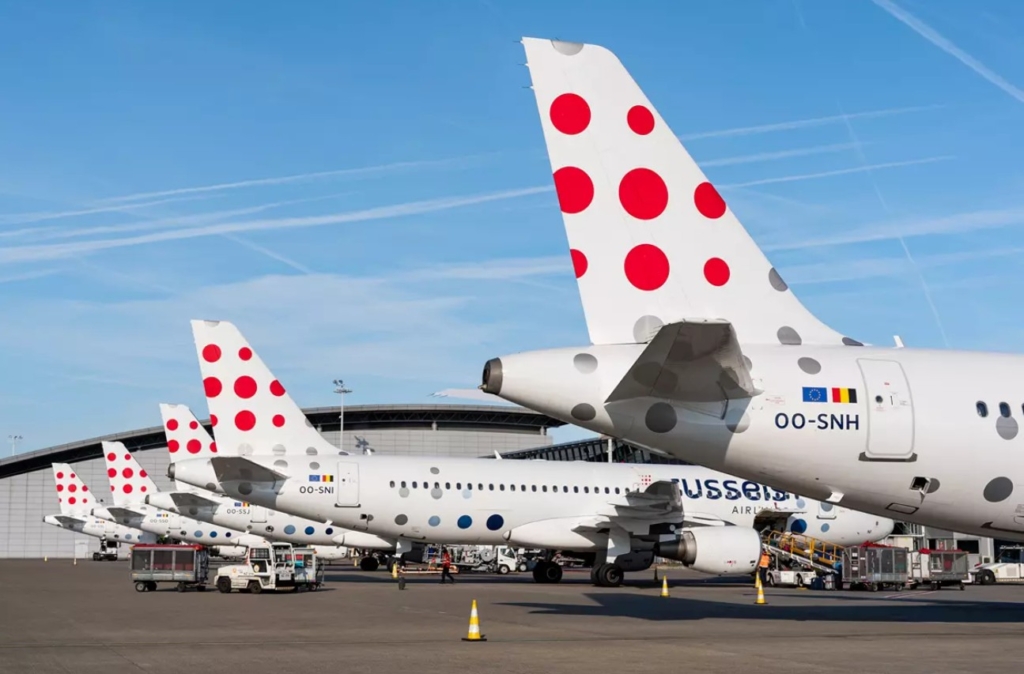
In addition, the digital units and competencies from the Group’s ‘Digital Hangar’ will be bundled with the ‘Innovation & Tech Factory’ into a new, central role in order to drive forward the technological progress of the Lufthansa Group.
“This further development will create group-wide central digital expertise in the areas of operations, customer, commercial, and corporate,” a spokesperson for Lufthansa Group said.
Other areas of centralised cooperation
In areas that are less visible to passengers, cooperation between airlines within the group will become more integrated and connected, said the Group, such as the Group loyalty programme ‘Miles and More’, and in the further development of a single Group customer app.
While the existing App has been developed centrally within the group, the design and offerings are to become more tailored to the respective member airlines.
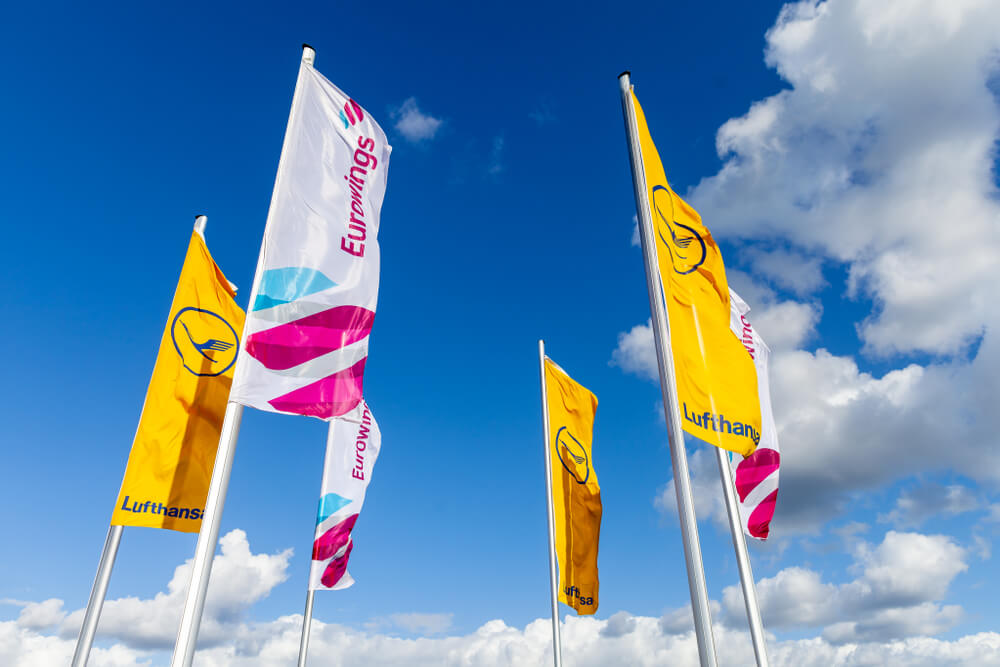
In summarising the future outlook, Lufthansa Group said that it is in “areas that are less visible to passengers that cooperation between airlines will become even more integrated.”
Drawing a line at customer experience
While the implementation of the Matrix Next Level programme is likely to see a huge number of changes as to how the Group operates on a macro level, one ‘red line’ item which the programme will not touch is customer experience – that is, front-end, passenger-facing aspects of each member airline’s offerings.
The Group said that “It has been clearly defined that the airlines will continue to make their own decisions about the customer experience of their guests.
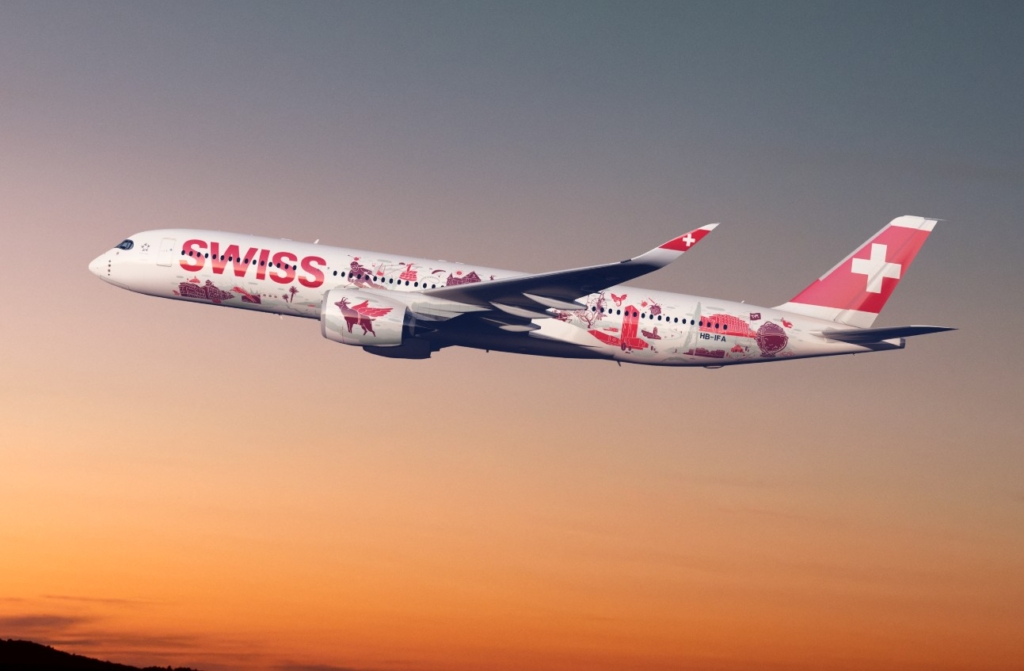
This applies, for example, to the in-flight product, catering, lounges in the home markets, and passenger service. The hub airlines will also remain responsible for the management of their respective flight operations and operational flight services.”
“Guests who already use more than one group company for their travel will benefit from an even better coordinated range of services. In addition, efficiency will increase, and decisions can be made more quickly,” the Group added.
What does all this mean for passengers?
The Matrix Next Level programme is all about streamlining mostly back-office functions and elements of the airline’s operation that the customer or passenger never sees or experiences in any tangible form.
The Group management has clearly understood that each member airline is the expert within their own markets, and this legacy and expertise is not something that should be compromised through a process of centralisation simply to cut costs.
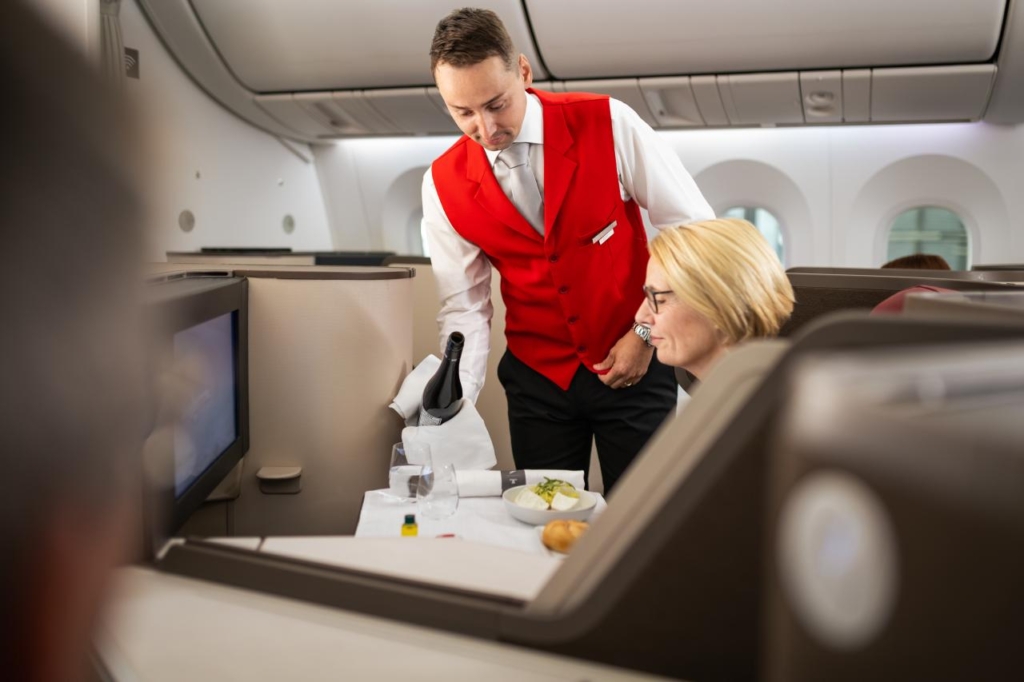
This is important as each member airline is likely to know its passengers best and the aspects of their service that their customers enjoy the most. By bringing this element under more centralised control, the Group has realised that it could risk losing far more than it could gain.
There are, however, several areas where customers are likely to see improvements through the programme.
With enhanced digitisation across the Group, passengers are likely to benefit much more from technological advancements that will potentially be rolled out far quicker than they would have otherwise been on a member airline level.
Secondly, more synchronised flight schedules that will see connection times at major hub airports reduced while the choice of flights at hub airports increases, offering a greater choice of flights to more destinations.
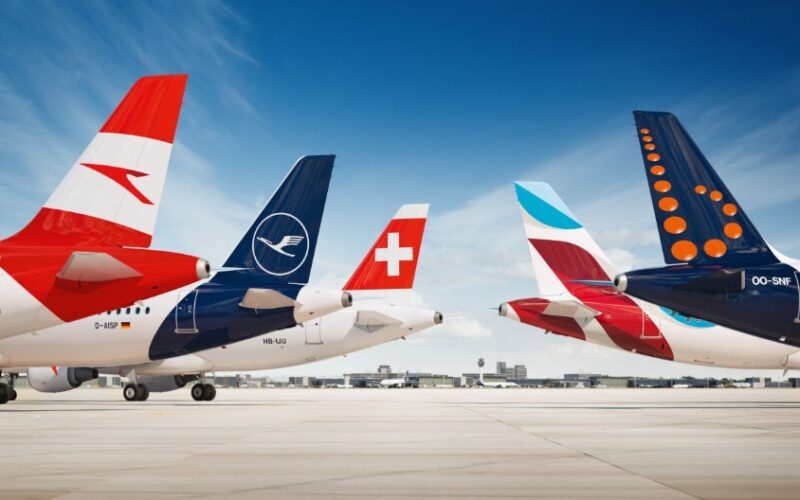
While there may be some consolidation of route networks between the carriers to avoid duplication (why have two member airlines competing head-to-head on the same route for the same passengers?), this could also potentially free up aircraft and crews to allow member airlines to broaden their networks and increase frequencies on other key routes.
The closer alignment of the Miles and More frequent flyer program may also lead to enhanced “earn-and-burn” opportunities for frequent travellers across the Group. This may possibly lead to more customers joining the programme, with it becoming a profit centre as a result.
Ultimately, Lufthansa Group passengers may see little day-to-day effect from the implementation of the Matrix Next Level programme. Indeed, the ‘softer’ side of each member airline’s operation and product offering may appear practically unchanged to the everyday passenger.
However, should this process be successful in bringing down costs and increasing operational efficiencies, this could have a trickle-down effect on passenger experience in time through the dissemination of additional funds across the whole Group.
These funds could be used for future service improvements that will benefit all passengers, regardless of which airline within the Lufthansa Group they are travelling with. Improvements in Group-wide passenger services, such as websites, airport lounges, and apps, could all be examples of this.
.
